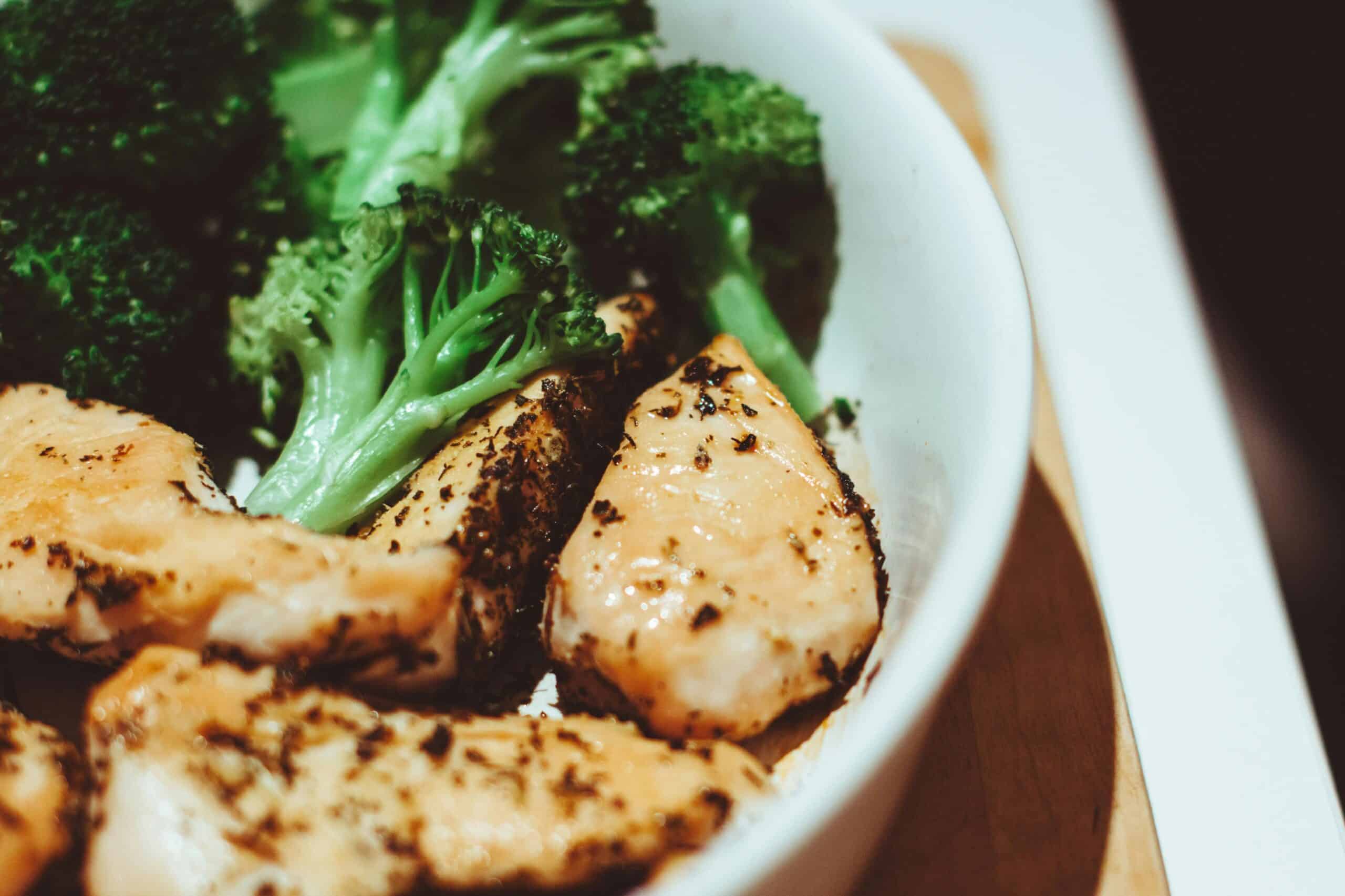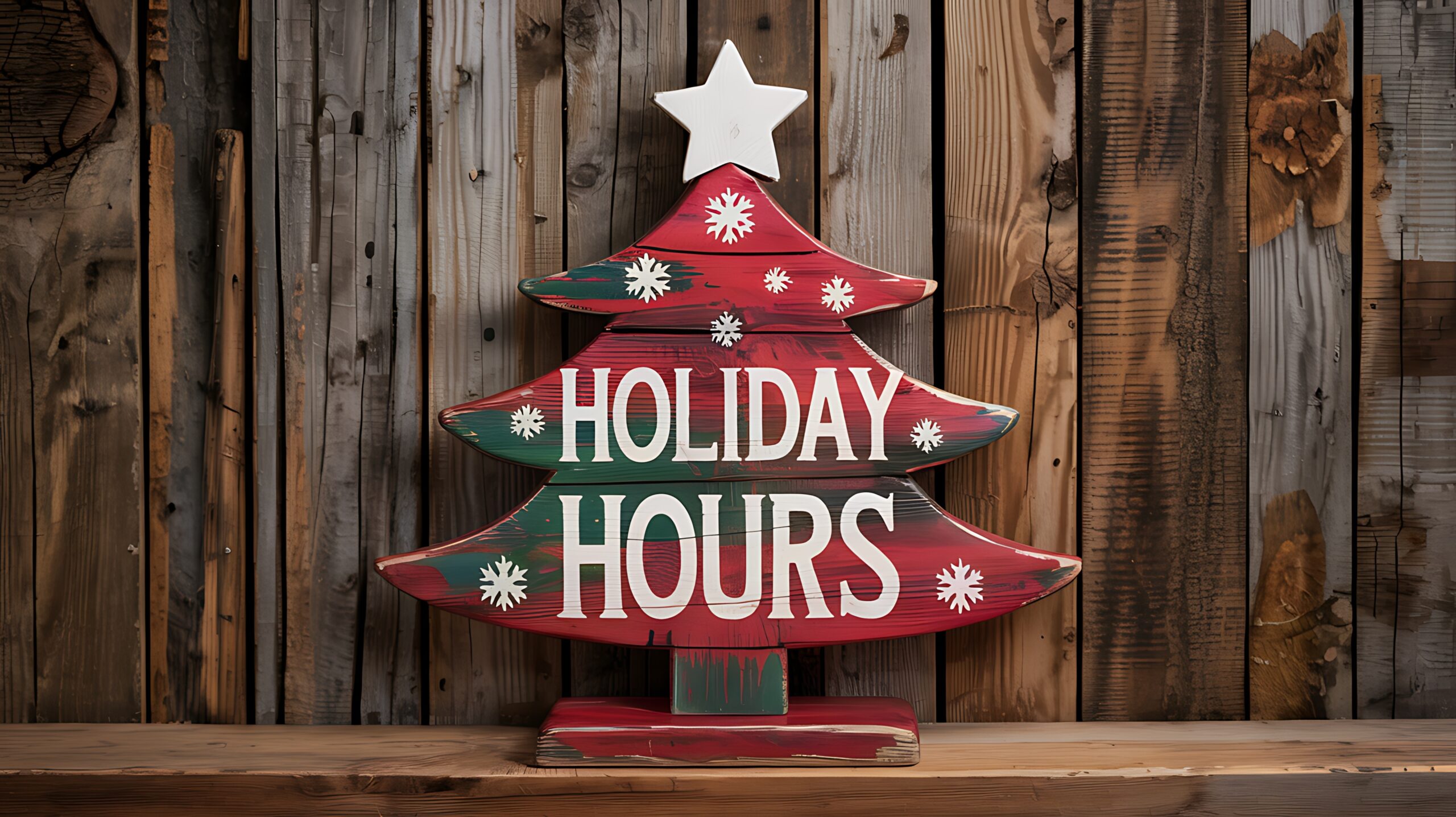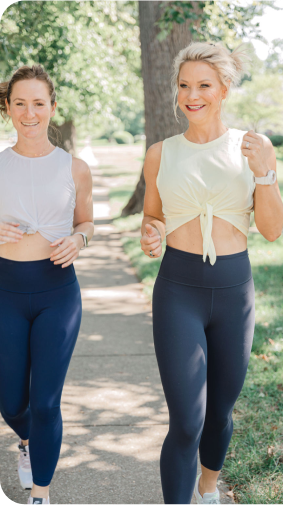We now know that “calories-in, calories-out” is an oversimplified, antiquated motto. But, if weight loss is your goal, eating fewer calories than you expend is one necessary step.
That said, cutting calories doesn’t have to be torturous. In my LEAN program, we’re all about eating the right foods, giving your body what it needs, and feeling full!
Tips like these 3 will help you cut calories and lose weight without the hunger pains.
Focus on Reducing Fat
Our bodies need fat. There are plenty of high-fat foods that are amazing for our bodies. When found in the right source, fat gives our bodies energy and supports cell function. It’s also a necessary macronutrient for proper brain function and mood management.
Now that you know that fat isn’t “bad,” let’s talk about its impact on weight loss. When our goal is fat loss, we can temporarily and strategically cut back on high-calorie foods. As a result, our bodies use our fat stores to provide energy, which causes us to slim down.
Fat is the macronutrient that contains the most calories. While carbohydrates and proteins contain 4 calories per gram, fat contains 9. Eating a lot of fat each day makes it very hard to stay within a caloric limit! Eating fat in smaller portions will help you eat more foods that will fill up your belly and keep you full for longer.
Eat the Good Fats in Small Quantities
Fat is found in healthy whole foods like olives, avocados, nuts, and seeds. While you’re in a season of weight loss, you can still eat these high-fat whole foods, but be careful that they don’t add up.
These foods have a huge number of calories for very little volume, a.k.a. you’ll use all your calorie limit on foods that won’t be able to keep you full for long. Controlling your fat intake will help you reach your health goals more easily.
Cut Back on Fiberless Fatty Foods
Some fats are still healthy but unhelpful while in a season of weight loss. Look out for fiberless fats like butter, olive oil, avocado oil, and some dressings and sauces. Fiber slows down digestion and contributes to that full feeling after eating a meal. Fats without fiber won’t help you feel full but are packed with calories. Again, these foods can be good for your health but can make losing body fat a lot harder.
Trash the Bad Fats Altogether
High-fat processed foods, like doughnuts, fries, and packaged foods can lead to serious health issues, including obesity, heart disease, high blood pressure, chronic inflammation, and diabetes. They’re bad news for both your health and weight loss goals.
Fill Up On Fiber
Fiber brings many benefits beyond gut health. Eating too little increases inflammation and weakens our immune system. According to a Harvard study, people who ate the most fiber-rich foods had a lower risk of developing chronic disease and dying overall.
Plus, not eating enough fiber makes losing weight and keeping it off a lot harder. Research shows that high-fiber diets are associated with lower body weight and less body fat, even when calories are not restricted.
When foods are high in fiber, they take longer to digest. This makes us feel fuller for longer. But that’s just the beginning of the help fiber brings during a season of weight loss. Fiber lowers how quickly glucose enters your bloodstream, keeping insulin from spiking, which causes fat gain.
One study published in the journal Obesity found that for every 10 gram increase in soluble fiber intake, there was a 3.7% decrease in visceral adipose tissue (deep belly fat).
When the bacteria in your gut break down fiber, they create byproducts. Some of these byproducts are short-chain fatty acids. Fiber and its byproduct short-chain fatty acids stop the formation of new fat at a cellular level and drastically increase fat oxidation. That means increasing fiber on its own reduces fat gain and increases fat loss!
Find Fiber in Whole Foods
Instead of running to a fiber supplement, get your fiber fill at the source. Grab healthy, high-fiber foods like jackfruit, chia seeds, flax seeds, beans, quinoa, oats, leafy greens, broccoli, and carrots.
Don’t Fast-Track Your Fiber Increase
Increasing your fiber intake too quickly can damage your digestive system. Adding fiber slowly will help you avoid gas, bloating, cramps, and bowel irritation. Track how much fiber you currently eat. Then, increase this number by about 2 grams per day.
Pick Lean Protein Sources
If you’re struggling to drop extra pounds, I bet you’re not eating enough protein. This macronutrient can do wonders for your physique!
Eating enough protein is as important for weight loss as staying in a caloric deficit. Your body weight is directly affected by the adequacy and quality of the protein in your daily diet. Protein decreases ghrelin, also known as “the hunger hormone.” It increases our muscle mass, boosting how many calories we burn daily. Plus, when you’re eating adequate protein daily, your body begins to metabolize fat.
Leverage Lean Protein for a Season
While in a season of weight loss, finding lean protein sources can help you reach your protein goals without exceeding your caloric limit. My favorite lean protein sources include chicken breast, low-fat Greek yogurt and cottage cheese, egg whites, and lean beef.
Look for clean sources of lean protein. Foods like grass-fed beef, pasture-raised chicken, and wild-caught fish are excellent sources of protein that promote weight loss.
Pace Your Protein Intake
You need at least 100 grams of protein each day or more to lose excess fat and increase your overall health. Divide your protein intake evenly by the number of meals you eat per day. For example, if you eat three meals a day, you could shoot for 35 grams of protein at each meal.
How Much Fat Should I Eat Daily For Weight Loss?
In general, a moderate-fat (20-30% of calories), moderate-carb (30-40% of calories), and adequate protein (30-40% of calories) diet tends to promote weight loss for most people.
If, for example, you’re eating a 1700-calorie diet while you’re in a deficit, 25% of those calories could come from fat. That would equal to about 47 grams of fat each day.
Your perfect macro balance depends on your personal goals, activity level, age, health, gender, diet preferences, and genetics. Grab my free Macro and Calorie Guide to know how much fat you should eat daily for weight loss.





